More people than ever are heading outdoors. While we’re thrilled that many folks are discovering nature’s mental and physical benefits, we’re also seeing a few rookie behaviors that aren’t great for the outdoors. To ensure that nature remains a sanctuary for all, including the plants and animals that call our open spaces home, we could all brush up on basic outdoor etiquette. From preserving the natural environment to accommodating others, here are 10 rules for recreating responsibly that every newbie nature lover needs to know.
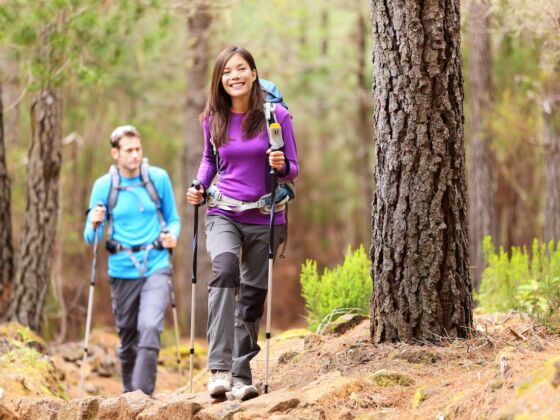
An Outdoor Etiquette Guide for Newbies: 10 Tips for Recreating Responsibly
1. If you make trash, take your trash.
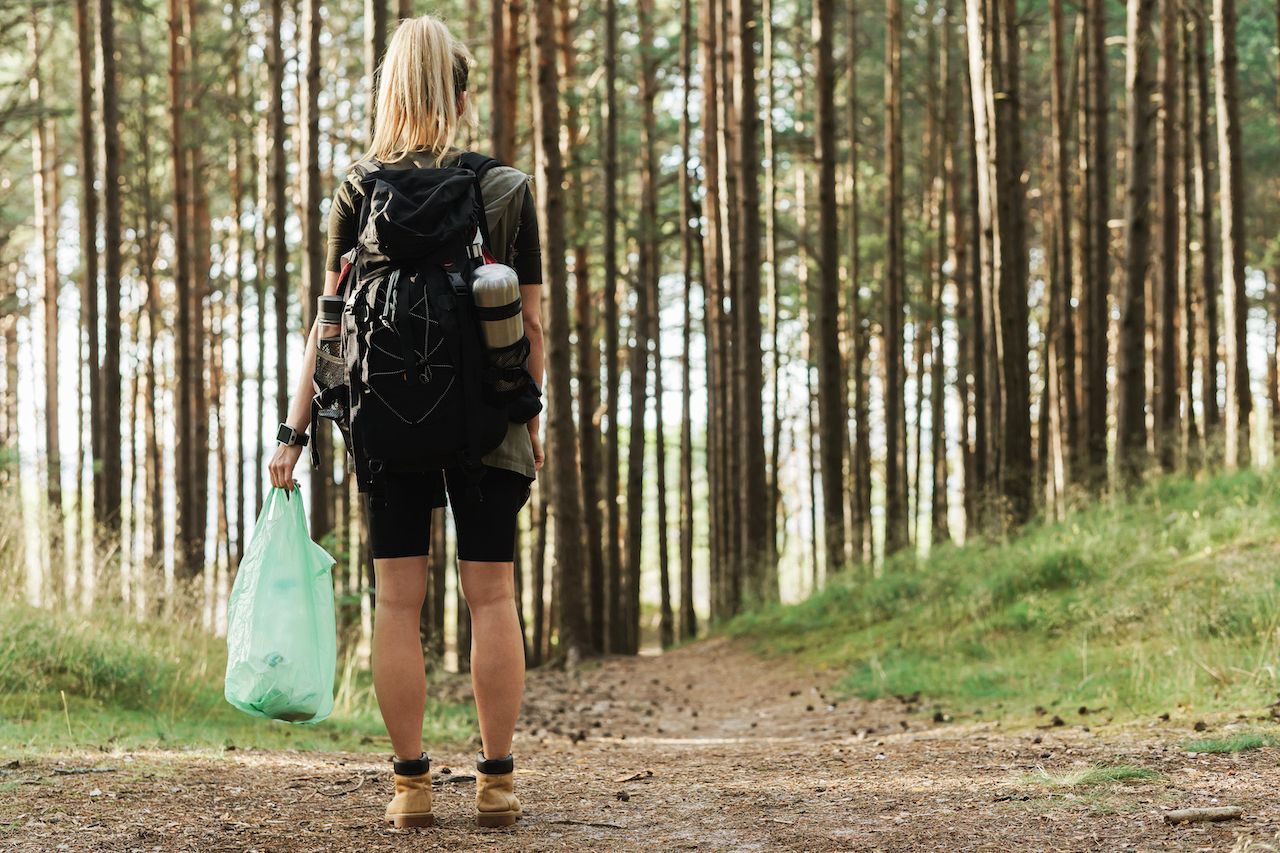
Photo: BLACKDAY/Shutterstock
There’s nothing worse than planning an outdoor excursion only to find your destination strewn with litter. Whether you’re at the beach or on a mountain, it’s all too common to see food wrappers, plastic bottles, toilet paper, and other trash that’s been left behind by previous visitors. One of the best, and easiest, ways to protect our natural playgrounds is to make sure whatever waste we create leaves the outdoors when we do, or “pack it in, pack it out” as backcountry enthusiasts say. Remember, we’re guests of the great outdoors, and keeping open spaces clean not only makes them more enjoyable for us but also healthier for the local wildlife.
2. Nature is not a gift shop. Don’t collect souvenirs.

Photo: ehrlif/Shutterstock
When it comes to keeping the outdoor spaces as pristine as we found them, not littering is only half of the equation. What we take with us can be just as impactful as what we leave behind. Picking flowers, collecting rocks and shells, and otherwise claiming natural souvenirs may seem harmless, but these actions disrupt the local ecosystem. As a rule, outdoor recreationists should aim to leave no trace of their time outside, unless they’re making their destination cleaner than when they arrived. If you see litter, pick it up. Everything else, leave it be.
3. Feed your pets, not the wildlife.

Photo: Karel Smilek/Shutterstock
Encountering wildlife is one of the joys of outdoor recreation. Sharing treats with the critters we meet can be tempting, either to show affection or draw them closer, but feeding wild animals does more harm than good. Animals have different nutritional needs than humans. Filling up on foreign foods can disrupt their diets and distress their digestive systems. Feeding wild animals can also desensitize them to human contact, which may encourage aggressive food-seeking behavior and train them to rely on people for sustenance. Moreover, introducing new food sources can impact reproduction rates and increase the likelihood of disease transmission. The best way to show our appreciation for native fauna is to keep a safe, respectful distance.
4. Hiking off-road isn’t trailblazing. It’s trampling.
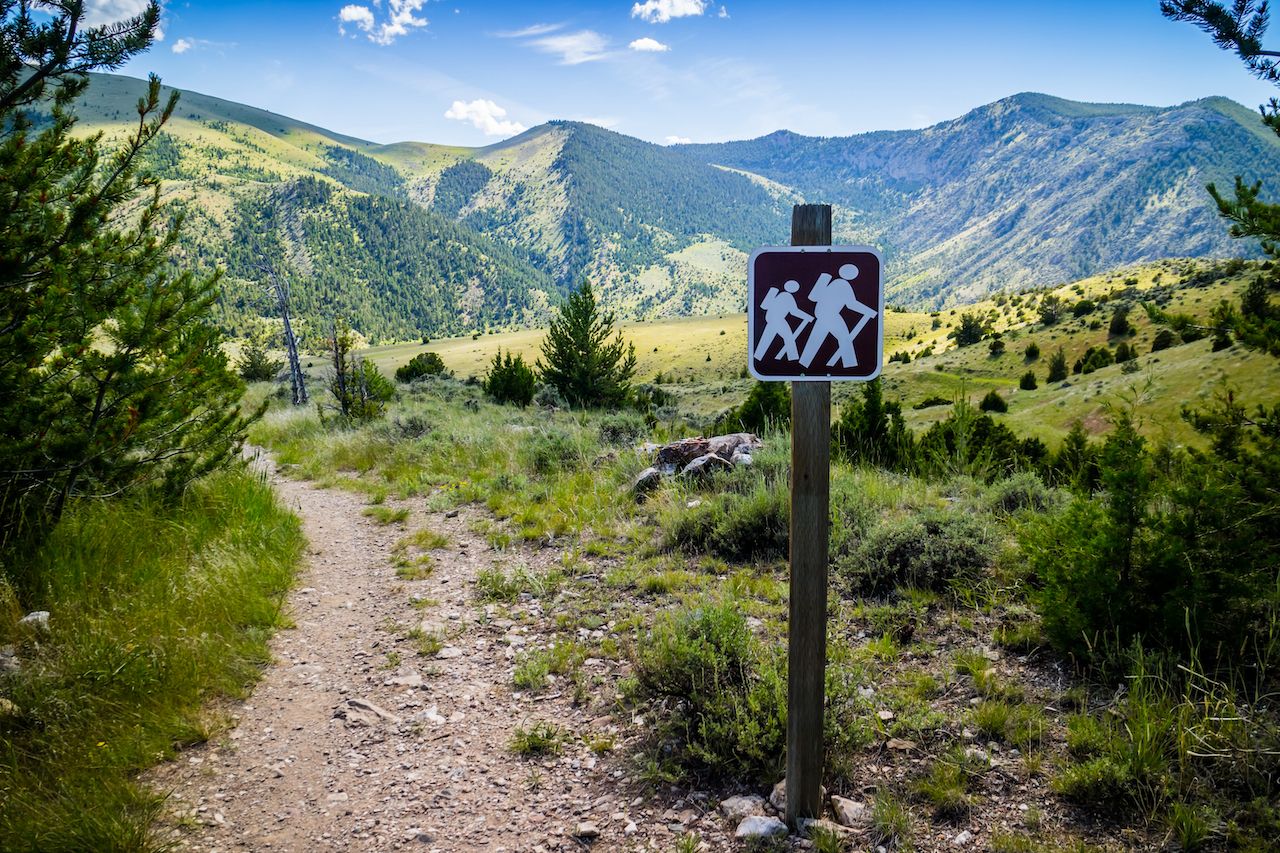
Photo: Cheri Alguire/Shutterstock
When Robert Frost wrote about taking the road less traveled, he wasn’t dispensing outdoor advice. Hiking trails are clearly marked for a reason. Forging your own path may seem adventurous, but veering off-trail can wreak havoc on the local ecosystem. You run the risk of crushing vegetation, disturbing wildlife, eroding soil, and contaminating water sources, among other adverse effects. If you’re in an environment with marked trails, stick to the traveled road.
5. Graffiti can be art, but in the outdoors, it’s usually vandalism.

Photo: Ajax9/Shutterstock
We love street art as much as anyone, but only in the appropriate venues. Except on the rare occasions when artists are invited to showcase their works in outdoor spaces, or incorporate the environment into their art, nature is not a canvas waiting to be decorated. Carving your name into tree trunks, spray painting rocks, and otherwise vandalizing the outdoors we visit is a big no-no. We really can’t stress this enough: Leave things in nature the way you found them.
6. Don’t prioritize selfies over safety.
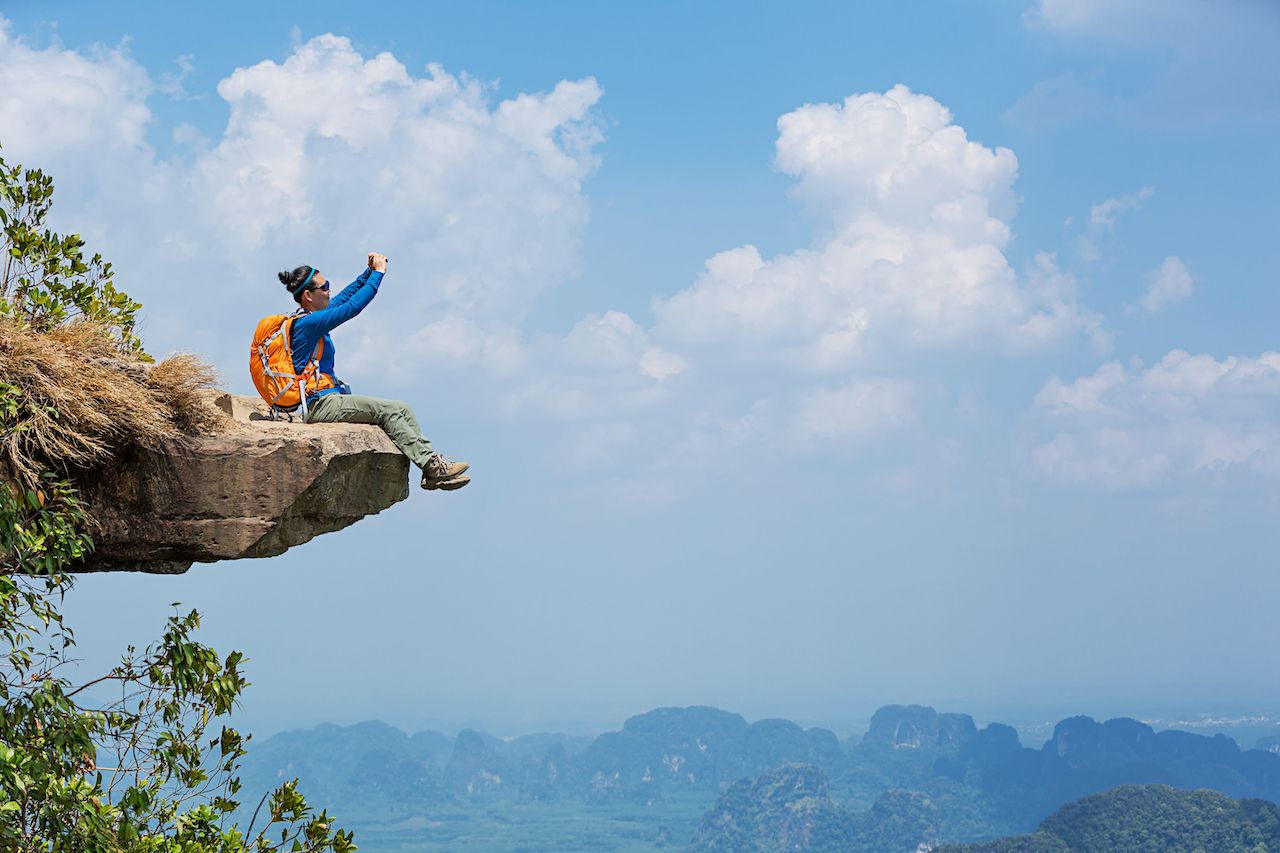
Photo: lzf/Shutterstock
No matter your thoughts on the 21st-century compulsion to document our every move, there’s one photo trend that needs to stop: disrespecting the natural environment to get the perfect shot, especially if that means putting yourself in precarious situations. In recent years, there have been numerous reports of selfie-takers meeting preventable fates after miscalculating their poses. Potential detriment to the environment aside, always pay attention when you’re playing outdoors, and try to focus more on making memories than capturing them.
7. Know your local leash laws.
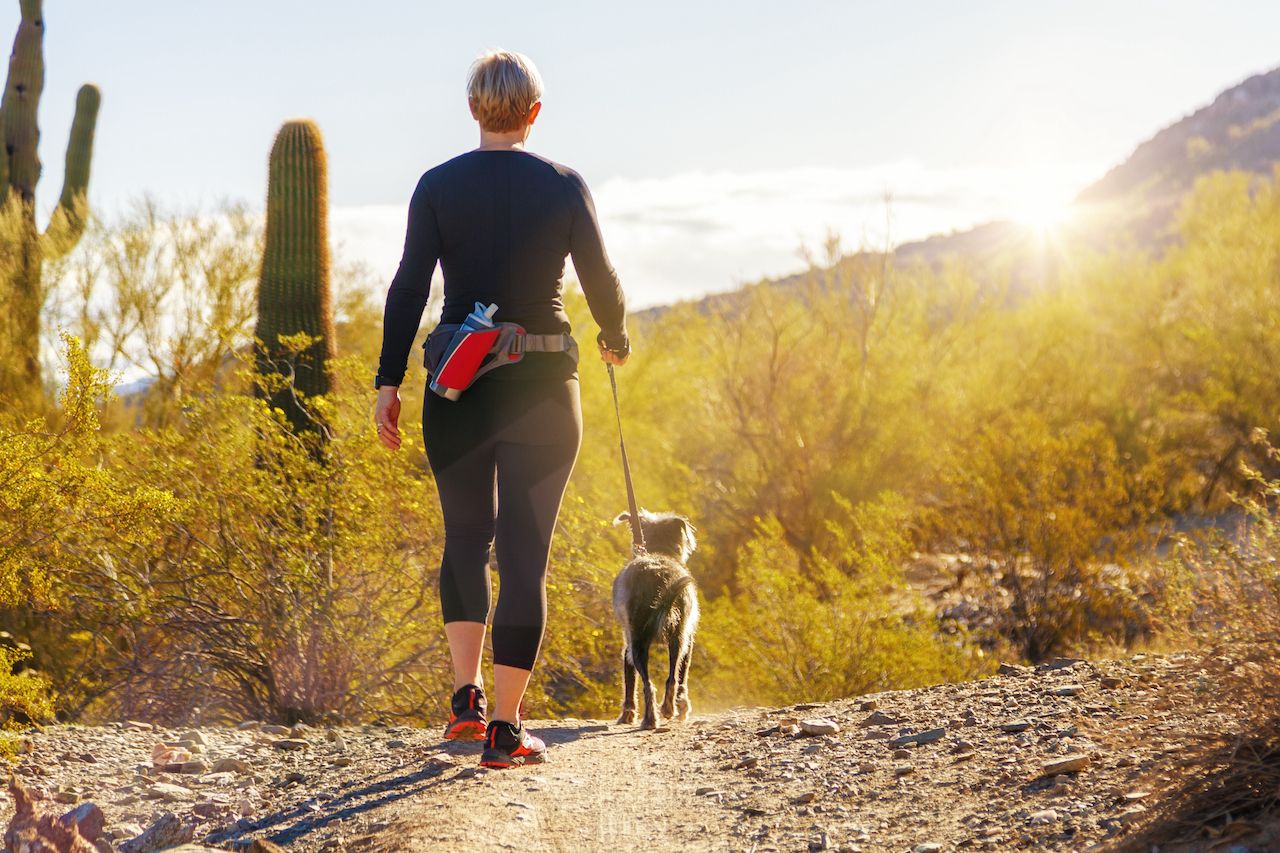
Photo: Susan Schmitz/Shutterstock
Dogs make excellent hiking companions, but few outdoor spaces allow pets to roam freely. Many national parks, for example, only welcome dogs in developed areas. Even on trails where dogs are welcome, owners are typically required to keep them leashed at all times. Because few states have statewide leash laws, it’s important to check your municipal regulations, as well as abide by whatever rules a given open space has set. Of course, pet owners should also come prepared to clean up after their pooches. Your fellow hikers will thank you.
8. Always obey signage.
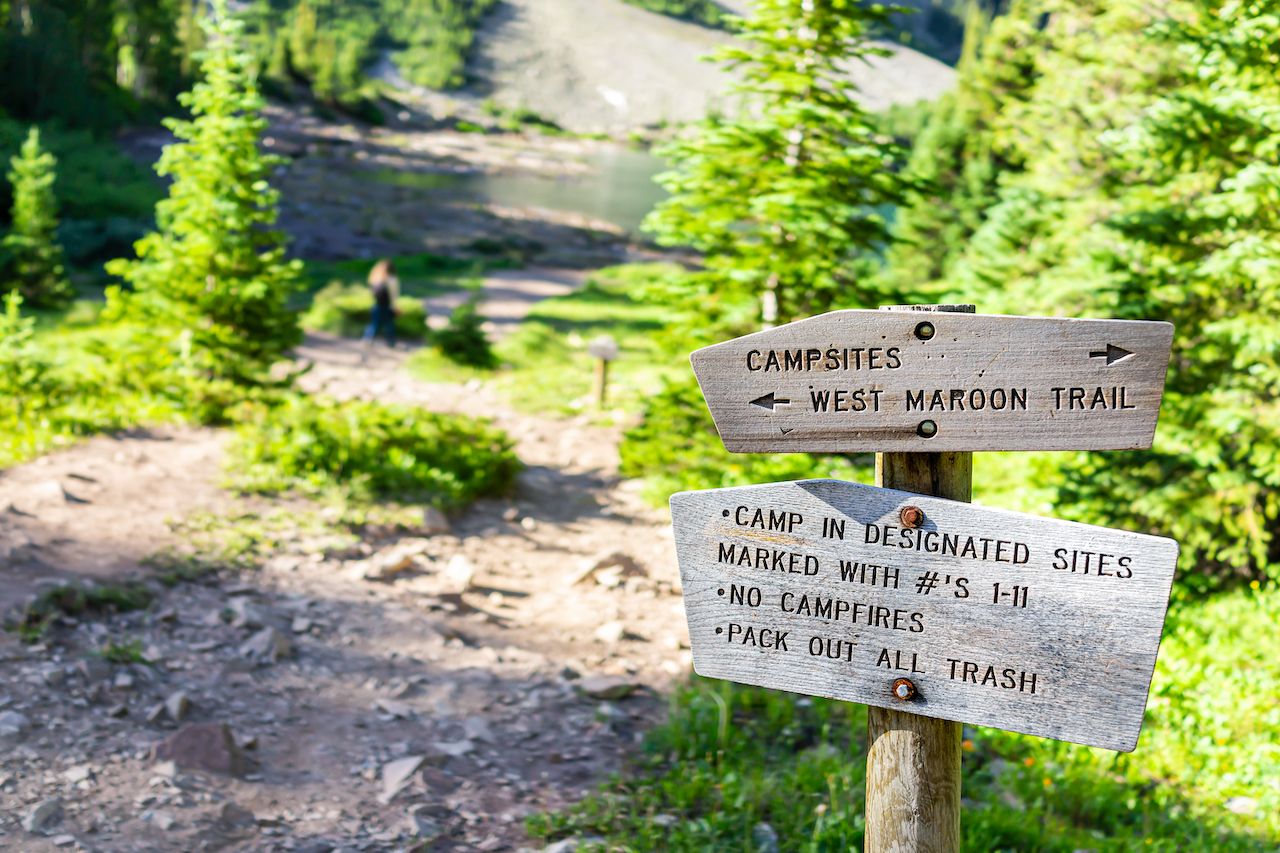
Photo: Andriy Blokhin/Shutterstock
If you’re new to the outdoors, you may not know the unwritten rules of outdoor recreation. That’s okay. More often than not, what conduct is and is not allowed in a given area is clearly marked. Open spaces have signage for permitted and prohibited activities, what areas may be off-limits, which plants or animals recreationists should avoid, and general tips for outdoor etiquette. These rules are designed to protect visitors, as well as preserve the flora, fauna, and geology of a given area. Always keep an eye out for signs and obey them.
9. Uphill hikers have the right of way.
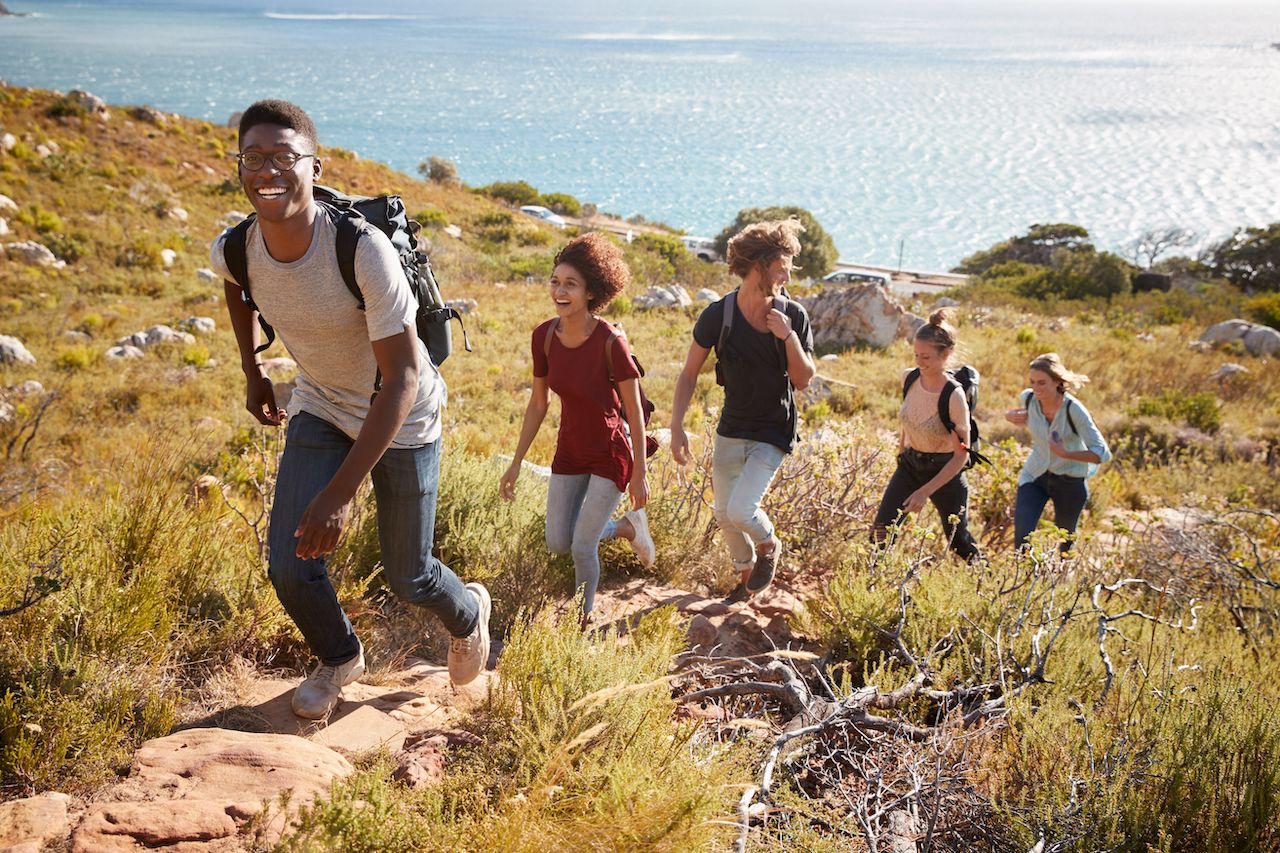
Photo: Monkey Business Images/Shutterstock
There’s one unwritten rule of the outdoors that’s worth memorizing: Uphill hikers get the right of way. This may be counterintuitive, as moving bodies generally have less control on downward slopes, but it’s much harder for uphill hikers to regain momentum than it is for downhill hikers to stop in their tracks. On narrow trails, hikers should also walk single-file to leave room for others to pass, with the slowest members of their group setting the pace.
10. Be considerate of your fellow nature lovers.
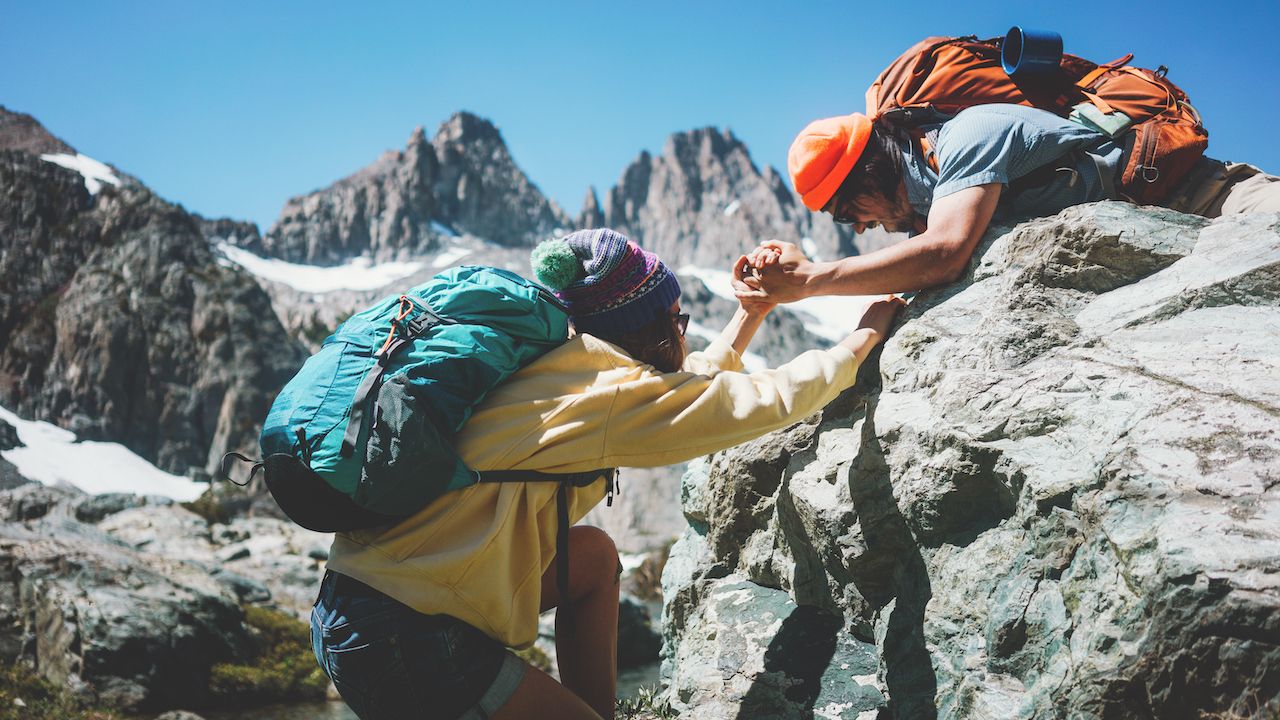
Photo: Alex from the Rock/Shutterstock
The great outdoors is a shared space. It’s a place people go to get fresh air and exercise, take in the scenery, and commune with nature away from the bustle of their daily lives. Everyone is entitled to that experience, and all who participate should be considerate of those around them. Don’t hog trails, blast loud music from portable speakers, or fly drones near other outdoor recreationists. Definitely don’t smoke, especially in areas where fire danger is high. Be friendly to fellow hikers. There’s no rulebook for being a thoughtful outdoorsperson, but exercising common sense goes a long way when it comes to fostering open spaces everyone can enjoy.